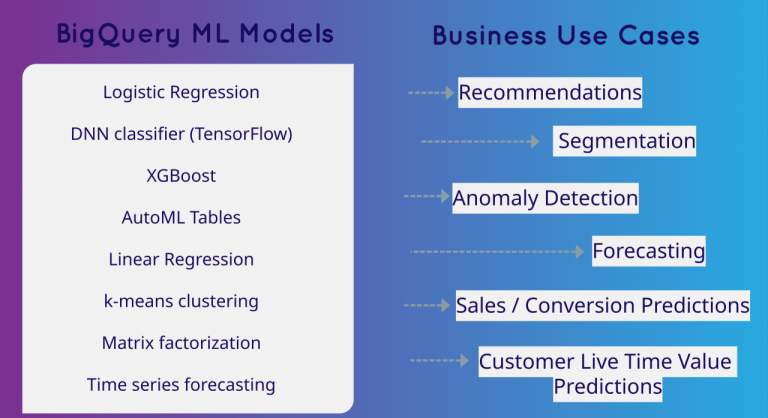Apple released iOS 18 on September 16 and introduced new security fixes and various iPhone features—such as customization options, satellite messaging, AI integrations like ChatGPT, and the biggest-ever Photos app redesign. However, this post focuses solely on how the new iPhone updates affect ad tracking and data collection.
Enhanced privacy features
Building on the success of App Tracking Transparency introduced in iOS 14, iOS 18 now offers even more comprehensive controls. Users have more control over their data and receive better protection against security threats. Users can make informed decisions about their data. With permission checks and real-time alerts, they can prevent unauthorized monitoring attempts.
Tip: Make sure your app complies with these new rules, handling these permissions correctly.
Apple Intelligence and Private Cloud Compute
One of the standout features in iOS 18 is Apple Intelligence, which is designed to handle data securely and efficiently without collecting personal information. Integrated into your devices via on-device processing, it provides context-aware prompts with personalized tips to improve privacy settings based on user behavior and app usage. For instance, you may receive recommendations to disable unnecessary app permissions or enable specific privacy features based on changes in your location or browsing habits.
Apple’s Secure Cloud uses larger server-based models running on Apple Silicon to protect your privacy and fulfill more complex requests. This represents a significant shift in data handling, as cloud-based models often pose risks of data exposure. By processing data locally with Private Cloud Compute, potential vulnerabilities are minimized and data protection is strengthened.
iOS 18 updates’ impact on advertisers
For advertisers, these changes represent a challenge because behavioral insights will be severely limited. That means advertisers will need to focus on first-party data, consent-driven interactions, and privacy-compliant ad technologies.
Read more: Consentless tracking: boost data collection with privacy compliance
We have already mentioned Apple’s App Tracking Transparency (ATT) policy in our previous article. To comply with this rule, Google no longer sends GCLID parameters from various Google applications in iOS traffic. Consequently, these changes can negatively impact advertisers’ ability to track conversions and optimize ad campaigns.
The &gclid={GCLID} won’t be appended to ad clicks, and the {gclid} ValueTrack parameter will be set to empty text. Therefore, this decreases reported web conversions and offline conversions. However, we have also published GCLID alternatives to solve this challenge. Read more about how to track Google Ads conversions using WBRAID and GBRAID.
Locked and Hidden Apps
These features let users lock or hide apps from visibility (adding Face ID to each app and hiding files from the main screen). This may not directly impact analytics or conversion tracking, but it could reduce access to certain user interaction data for advertisers and developers who rely on in-app behavior. Consequently, this might cause potential gaps in understanding user behavior.
Apple’s iOS 18 continues to lead privacy standards by pushing advertisers to adapt their strategies to a privacy-first ethos.
Safari distraction control feature in iOS 18
Safari allows users to create a cleaner browsing experience by hiding distractions on websites, such as ads and pop-ups. The new “Distraction Control” setting can have a one-time effect on ad visibility, making users less likely to engage with certain types of marketing.
Apple has highlighted that Safari’s Distraction Control isn’t a full-scale ad-blocking feature. However, it’s more aligned with marketing strategies that focus on seamless, less intrusive engagement. Therefore, marketeers to refine their approaches by creating non-intrusive, highly relevant ads based on users’ browsing habits and interests.




